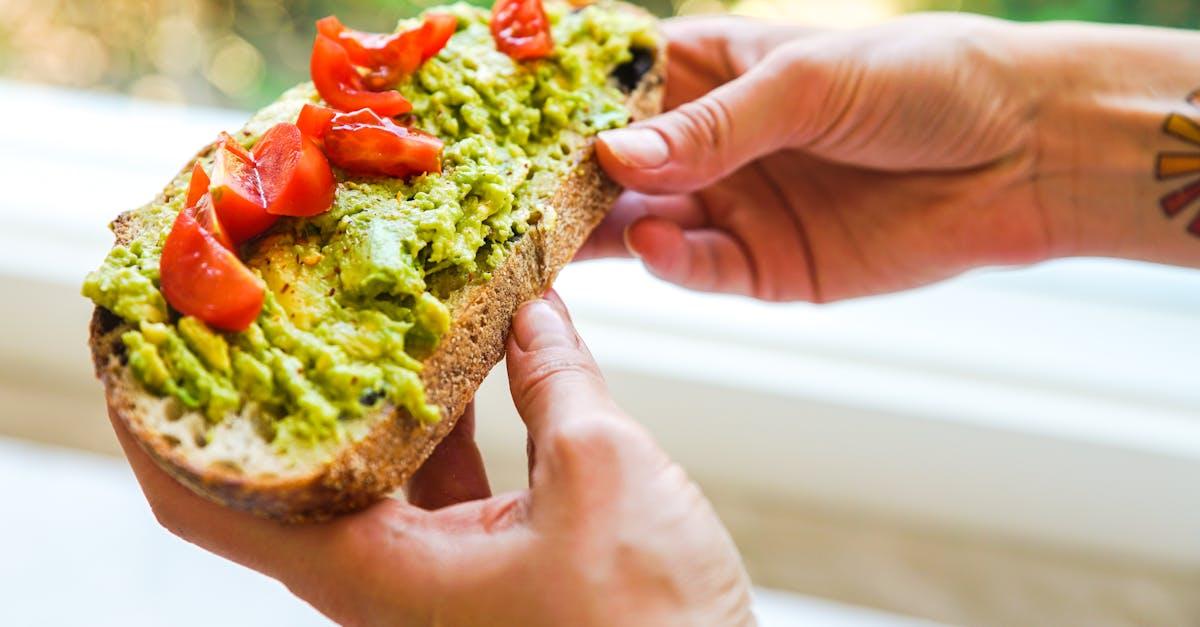Denmark’s culinary landscape is rich with traditions, and among its most cherished is the open-faced sandwich, known as „smørrebrød.‟ This iconic dish, characterized by its artful presentation and harmonious blend of flavors, offers a window into Danish culture and gastronomy.
The Origins of Smørrebrød
The term „smørrebrød‟ translates to „buttered bread,‟ reflecting its humble beginnings. In the 19th century, Danish laborers would bring slices of rye bread smeared with butter and topped with leftovers for lunch. Over time, this practical meal evolved into a culinary art form, with an emphasis on quality ingredients and meticulous presentation.
Anatomy of the Open-Faced Sandwich
A traditional Danish open-faced sandwich consists of several key components:
-
Bread Base: Dense, dark rye bread, known as „rugbrød,‟ serves as the foundation. Its robust flavor and texture provide the perfect canvas for various toppings.
-
Spread: A layer of butter or lard is applied to prevent the bread from becoming soggy and to add richness.
-
Toppings: These range from pickled herring and cured meats to cheeses and fresh vegetables. Each topping is thoughtfully selected to balance flavors and textures.
-
Garnishes: Herbs, onions, capers, and other embellishments are added for visual appeal and enhanced taste.
Classic Smørrebrød Variations
The beauty of smørrebrød lies in its versatility. Here are some classic variations:
-
Dyrlægens natmad (Veterinarian’s Night Snack): This hearty option features a slice of rye bread topped with liver pâté, salt beef, meat aspic, and red onion rings. The combination offers a rich and savory experience.
-
Sol over Gudhjem (Sun over Gudhjem): Hailing from the island of Bornholm, this sandwich includes smoked herring, chives, and a raw egg yolk atop rye bread, symbolizing the sun over the town of Gudhjem.
-
Stjerneskud (Shooting Star): A luxurious choice, it combines fried plaice fillets, shrimp, lettuce, and caviar, all elegantly arranged on buttered bread.
The Art of Preparation
Crafting the perfect open-faced sandwich requires attention to detail:
-
Balance: Achieving harmony between flavors and textures is crucial. For instance, pairing the creaminess of liver pâté with the tanginess of pickled cucumbers creates a delightful contrast.
-
Presentation: Smørrebrød is as much about aesthetics as taste. Ingredients are meticulously arranged to create a visually appealing dish, often resembling a piece of edible art.
-
Freshness: Using high-quality, fresh ingredients elevates the overall experience, ensuring each bite is flavorful and satisfying.
Cultural Significance
In Denmark, smørrebrød is more than just a meal; it’s a tradition deeply embedded in the nation’s social fabric. Often enjoyed during festive occasions and family gatherings, these sandwiches embody the Danish concept of „hygge,‟ promoting comfort and conviviality. The ritual of preparing and sharing smørrebrød fosters a sense of community and togetherness.
Where to Experience Authentic Smørrebrød
For those eager to savor authentic Danish open-faced sandwiches, several establishments stand out:
-
Restaurant Schønnemann: Established in 1877, it’s renowned for its extensive smørrebrød menu and traditional ambiance.
-
Aamanns: A modern eatery that offers a contemporary twist on classic smørrebrød, focusing on seasonal and organic ingredients.
-
Café Halvvejen: A cozy spot in Copenhagen, known for its homemade smørrebrød and warm atmosphere.
Bringing Smørrebrød Home
Creating smørrebrød at home is an enjoyable way to engage with Danish culinary traditions. Start with quality rye bread, then experiment with various toppings and garnishes to suit your palate. Remember, the key lies in balancing flavors and presenting the sandwich with care.
Conclusion
The Danish open-faced sandwich, or smørrebrød, is a testament to Denmark’s rich culinary heritage. Its evolution from a simple laborer’s meal to a celebrated national dish underscores its significance in Danish culture. Whether enjoyed in a traditional restaurant or crafted at home, smørrebrød offers a delicious and visually appealing dining experience that reflects the art and soul of Danish gastronomy.
For more insights into Danish open-faced sandwiches, visit The Danish Dream.
